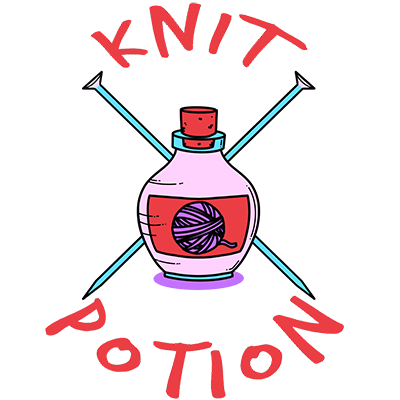Today, I finished my grading for this term, and I took a shower. I refuse to let the fact that I changed from one pair of pajamas into another pair of pajamas detract from these accomplishments in any way.
In addition to these highlights, I drank a lot of coffee, ate ambrosia, and thought about the fact that even though the entire English speaking world talks every day about “worsted” yarn, it takes reading Mary Thomas from 1938 to learn that the word is derived from Worstead, an English village.
How is it that I know that Mariah Carey took one of her dogs for a walk in the Aspen snow today while wearing nothing but a red bikini but until last night I had no idea where the word “worsted” came from?
I thought and thought about this as I was supposed to be grading student essays. Between Eric’s paper on “Females in the Armed Forces” and Philip’s, about violent video games (I’m truly horrified by what I learned about a couple of games called Postal One and Postal Two, by the way), I looked it up in the OED. Sure enough. There it is in 1293:
Pro xj. ulnis de wrstede ad caligas haciendas.
What this actually means is beyond me, but if it has anything to do with Latin, it’s something along the lines of using worsted to make some article of clothing, with “wrstede” being used as shorthand for:
A woollen fabric or stuff made from well-twisted yarn spun of long-staple wool combed to lay the fibres parallel.
Now that’s starting to get interesting.
The town of Worstead has been around since at least the time of Cnut the Great which was a LOOOONG time ago, back before the Normans did their thing in England. In fact, the oldest Act of Parliament that exists in the House of Lords Record Office is “The Taking of Apprentices for Worsteads in the County of Norfolk” Act of 1497. Who knew?
It turns out that in the 12th century Edward VIII married a Flemish princess and started talking up Norfolk to the weavers from Flanders. He wanted them to come “exercise their mysteries in the kingdom.” Can you blame him? A lot of them apparently thought it sounded like a pretty good deal and settled in the area around Worstead. They liked the countryside, and the sheep produced the kind of long-staple wool they wanted for spinning in what came to be known as the Worstead, or worsted, method. The rest is history.
As a knitter my brain has always gone kind of fuzzy when the words “woolen” and “worsted” start to get thrown around. Recently, I’ve started spinning, though, and for a spinner these are important concepts. I’ve begun to have a clearer idea of what they mean in terms of fiber preparation, but I could have substituted broccoli and banana for all the sense they made as words with any history or context.
Now, though, I know that when we talk about “worsted” we’re talking about wool with particular characteristics, processed according to the traditions of a particular place and era. And that is something I can get behind. Rock on, Mary Thomas.


Dude. First, How you managed to still get a post up after the work hours you’ve put in is amazing. Second, it’s good. REALLY good. Our spinning challenge from Spunky Eclectic this month (should we choose to accept it) is to spin woolen. Opposite of Worsted. Let’s do it anyway. xoxoox
Haha! I’m in! I wasn’t able to find out anything specific about the derivation of the term “woolen,” so I’m assuming it’s “the spinning method that is not worsted” . . . since worsted was a thing and all. If you know more, be sure to fill me in.
And yours was my first ever blog comment!!!!! Yay!!! 🙂
Woolen spinning uses rolags, faux-lags or top preparation, spun with a backwards draw like a modified or supported english long draw or a backwards draft to introduce more air into the fiber to make it fluffy, but less structured. Worsted spinning uses top, and is spun in a forward hand motion, the short forward draw, and compresses the fibers more to make them less airy and fluffy but more stable.
I know that part, but why is the woolen method called the “woolen” method when both methods use wool? I’m wondering if it’s because that’s what everyone did with “wool” before the specific technique introduced by the Flemish in Worstead came about. Since the Worstead/worsted technique was referenced by the name of the town, was the woolen technique just what was left over? the way of spinning that didn’t use the worsted technique?
I don’t know, but I have no doubt whatsoever that you will find out!